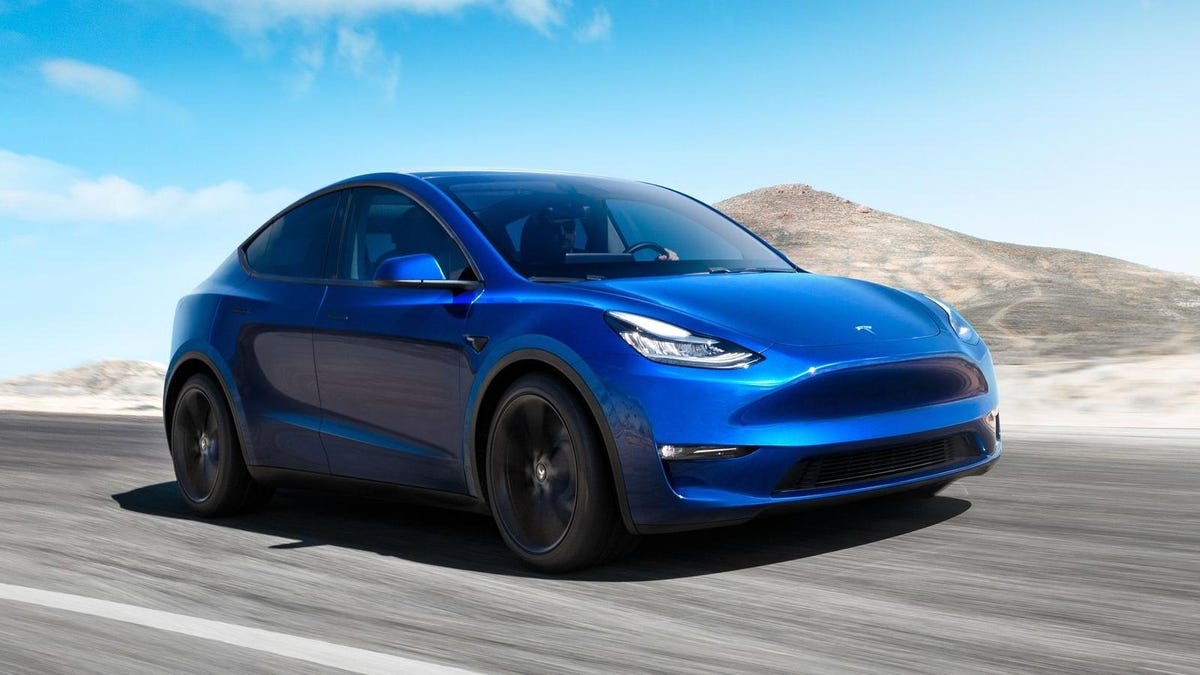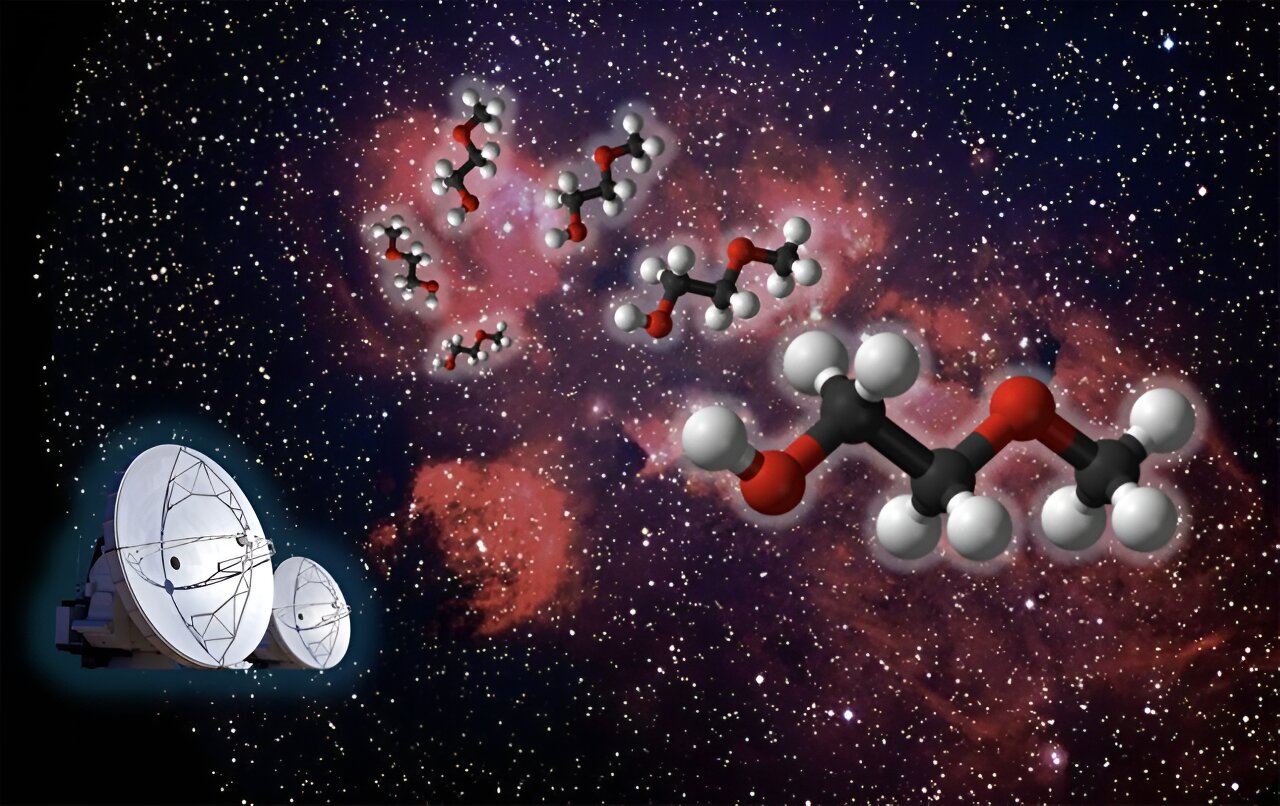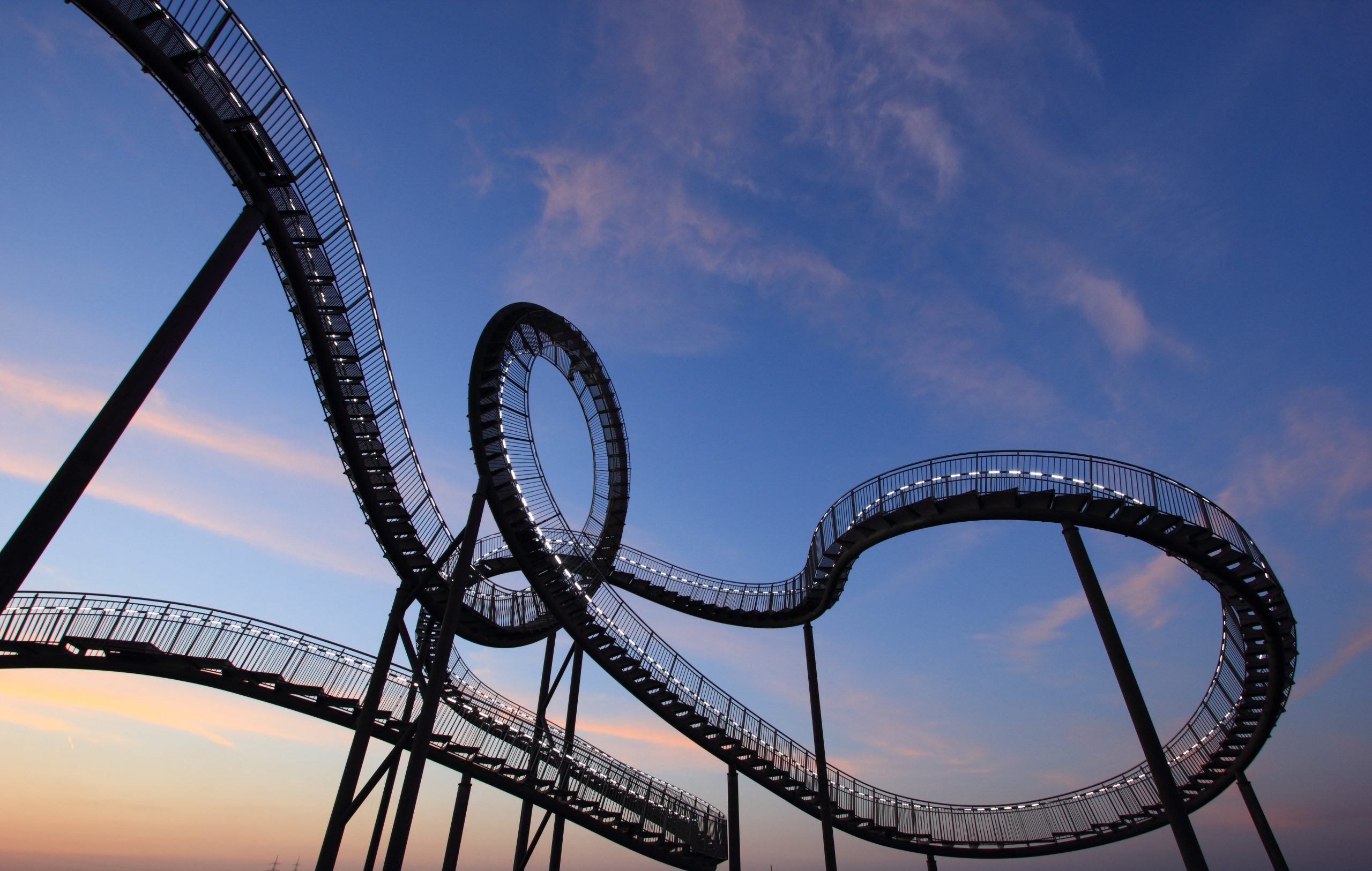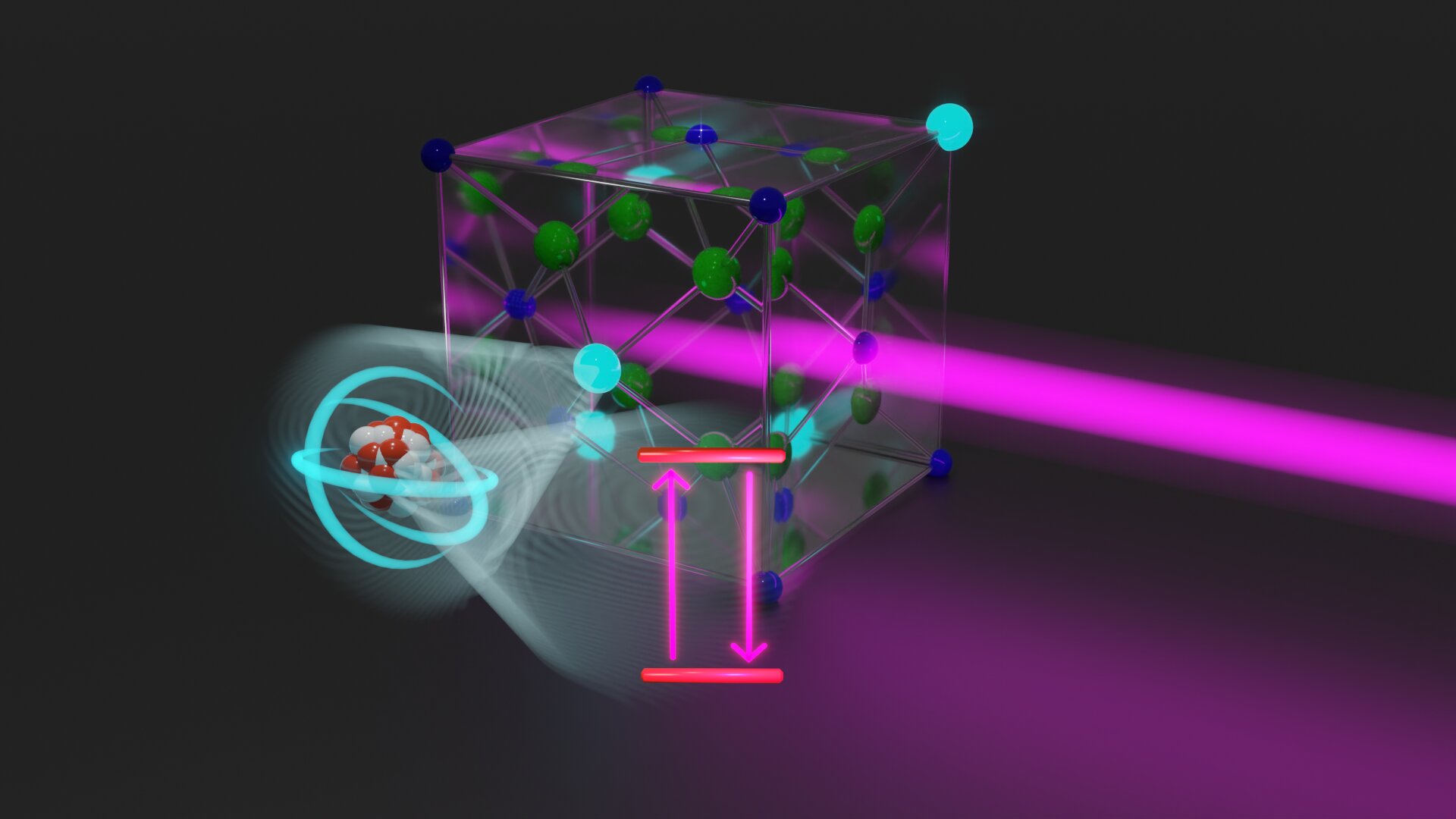
Does Skylon have a place in the world of Starship?
As a space nerd, I love learning about the craziest rocket concepts that have come up over the years (and there certainly have been quite a lot). One category of concept intrigues me in particular: single-stage-to-orbit, or SSTO. This type of spacecraft can reach orbit without the need for detachable boosters or other staged hardware. This is quite easy to achieve on a body like the Moon, given its low gravity and lack of atmosphere. SSTOs are also feasible on Mars, as Mars has lower gravity and a very thin atmosphere. However, Earth’s higher gravity and thicker atmosphere make SSTOs fairly tricky to pull off; nevertheless, it’s doable, and so there have been numerous designs proposed.
Many SSTO designs have a traditional rocket form factor, with the exception that the fuel tank is conical rather than cylindrical (the DC-X is a good example of this). However, the spaceplane form factor is also common and arguably sports some benefits: at takeoff, you can use the atmosphere to your advantage as it generates lift, and you can just land on a runway instead of having to fool around with parachutes or retropropulsive landings (a la Falcon 9). In fact, as far as I can tell, the spaceplane-style SSTO is the more popular SSTO style among Kerbal Space Program players; browsing the KSP subreddit shows both spaceplanes and rockets, but spaceplanes are far more common.
Of course, what goes in KSP doesn’t necessarily go in real life. While Kerbin’s gravity and atmospheric pressure are similar to Earth’s, it is only about a tenth of the size of Earth, making it far easier to get to orbit. This makes it very easy to take a large fuel tank, slap a Vector on the bottom, and get 4 km/s of delta-V, which is enough to get to orbit and back with a single stage.



















/cdn.vox-cdn.com/uploads/chorus_asset/file/23132594/zephyrprofronthero.jpg)




.png)
/cdn.vox-cdn.com/uploads/chorus_asset/file/24390406/STK149_AI_03.jpg)